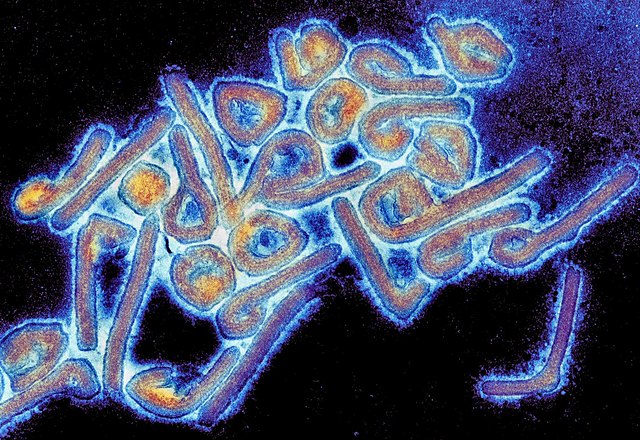Equatorial Guinea, a Central African country has confirmed its first-ever outbreak of Marburg virus disease.
Marburg virus disease
Marburg virus is a deadly virus that belongs to the family of filoviruses, which also includes the well-known Ebola virus. It was first identified in the city of Marburg, Germany in 1967, where it caused an outbreak among laboratory workers who were exposed to infected monkeys imported from Uganda.
Marburg virus is highly infectious and can cause a severe and often fatal hemorrhagic fever, with symptoms ranging from fever, headache, muscle pain, and vomiting to internal bleeding and organ failure. The virus is transmitted through contact with the bodily fluids of infected people or animals, and there is currently no specific treatment or vaccine available for it.
The virus is primarily found in sub-Saharan Africa, where outbreaks have occurred sporadically since its discovery. The largest recorded outbreak of Marburg virus occurred in Angola in 2005, which resulted in over 400 cases and a mortality rate of around 90%.
Due to its potential for causing severe disease and high mortality rates, Marburg virus is classified as a Category A bioterrorism agent by the United States. This means that it poses a significant threat to public health and national security, and requires special attention and preparedness measures by health authorities and government agencies.
In terms of prevention, the best way to avoid Marburg virus is to avoid contact with infected people or animals. This includes avoiding travel to areas where outbreaks have occurred, wearing protective gear when working with potentially infected materials, and practicing good hygiene habits such as frequent hand washing.
Marburg virus remains a significant public health concern, and continued research into its prevention and treatment is essential for protecting global health security. As with other infectious diseases, early detection, rapid response, and effective communication are critical for limiting the spread of the virus and preventing further outbreaks.


